Digging Up Gladiola Corms: How To Store Gladiolus For The Winter


By Heather Rhoades & Anne Baley
In order to enjoy the beauty of gladiolus flowers year after year, most gardeners must store their gladiolus corms (sometimes also referred to as gladiolas bulbs) in the winter. Gladiolus bulbs, or corms, aren't hardy through frozen winter months, so you must dig them up and store them until spring if you want to grow them again the next year. Read on to learn more about how to store gladiolas for the winter.
Digging Up Gladiolus
Many people make the mistake of digging up gladiolus corms too early by doing it before the foliage has died. For the proper gladiolus winter care, you should wait until the first frost has killed off the foliage above the ground. After a gladiolus flower spike is done blooming, the plant concentrates its energy into the corm at the base of the stem.
Digging up gladiolus can start about eight weeks after this, but you can do it any time until the frost arrives. Knowing when to dig up gladiolus corms might be the trickiest part, but it's generally safe if you wait until all of the plant matter has turned brown and died back. Once the foliage is brown, you can start gently digging up the gladiolas corms from the soil.
Storing Gladiolus Bulbs
Dig the corms of gladiolus using a garden fork or spade, digging far enough away so that you don't touch the corm. Pull the plant by its dried leaves and shake it gently to remove any loose dirt. You may see some miniature corms growing on the bottom, which you can grow into full-sized plants in a couple of years.
The next step in gladiolus winter care is to “cure” the gladiolus corms. Leave dug corms on top of the soil for two days to allow them to dry. Transfer the corms to a cardboard box and place it in a warm dry place with good air circulation, at about 85 F. (29 C.). Keep the corms here for about two weeks to allow them to dry completely.
Separate the parts of the corm after they are dry. Gladiolus forms a new corm on top of last year's old one, and you'll be able to separate the two after drying, as well as removing the cormlets. Discard the old corm, and place the new corms and cormlets back into cardboard boxes, after removing any excess dirt you may find. At this time, you can also cut the dead foliage off.
Gardening tips, videos, info and more delivered right to your inbox!
Sign up for the Gardening Know How newsletter today and receive a free copy of our e-book "How to Grow Delicious Tomatoes".
What to Do with Corms of Gladiolus Over Winter
When storing gladiolus bulbs, it's important that you defend against rotting and diseased corms. Inspect them before final storage, throwing away any you find that have soft spots or mushy places. Dust the corms with an anti-fungal powder before putting them away for the winter.
When thinking how to store gladiolus over the winter, think about imitating the environment the corms would experience in nature, only just a little bit better. Place them in single layers in cardboard boxes with newspaper in between the layers, or store them on screens or in onion bags. You may also place the corms in a breathable bag, like a paper bag, a cloth bag or nylon pantyhose. This will allow the air to continue to circulate around the gladiolus corms while they are being stored.
Keep the corms in a cool, dry spot just about freezing, or around 40 degrees F. (4 C.). Many people choose the vegetable bin in their fridge or an attached garage to store their gladiolus corms. An unheated basement or enclosed porch is ideal as well. Store the corms until next spring, when all chance of frost has passed.
Now that you know how to store gladiolus for the winter, you can enjoy their beauty year after year.

Heather Rhoades founded Gardening Know How in 2007. She holds degrees from Cleveland State University and Northern Kentucky University. She is an avid gardener with a passion for community, and is a recipient of the Master Gardeners of Ohio Lifetime Achievement Award.
-
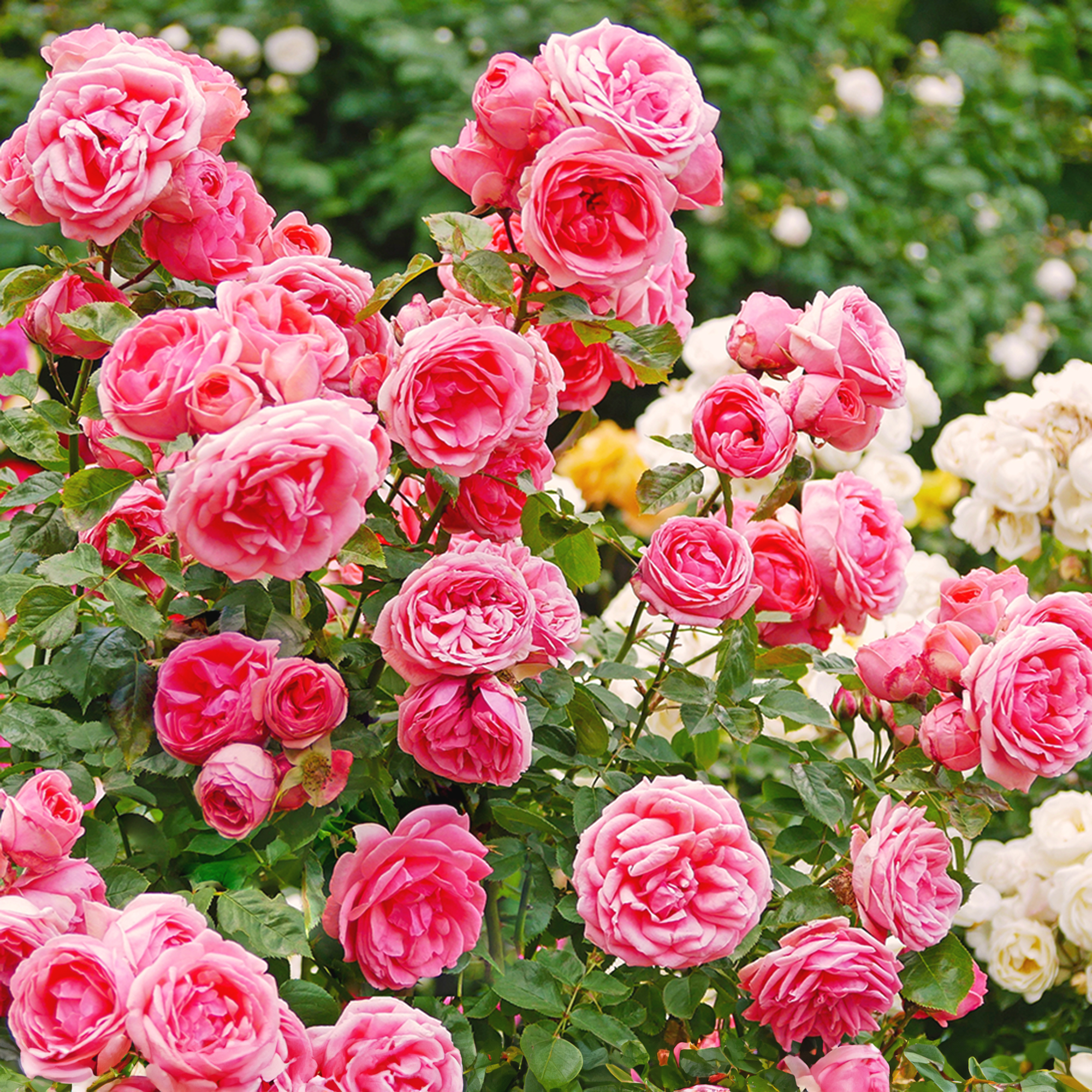 12 Best Shrub Roses For Every Garden – Enjoy Abundant Romantic Blooms All Summer Long
12 Best Shrub Roses For Every Garden – Enjoy Abundant Romantic Blooms All Summer LongFill garden beds, borders, and pots with these top-performing shrub roses and enjoy many years of color, beauty, and fragrance that spans three seasons.
-
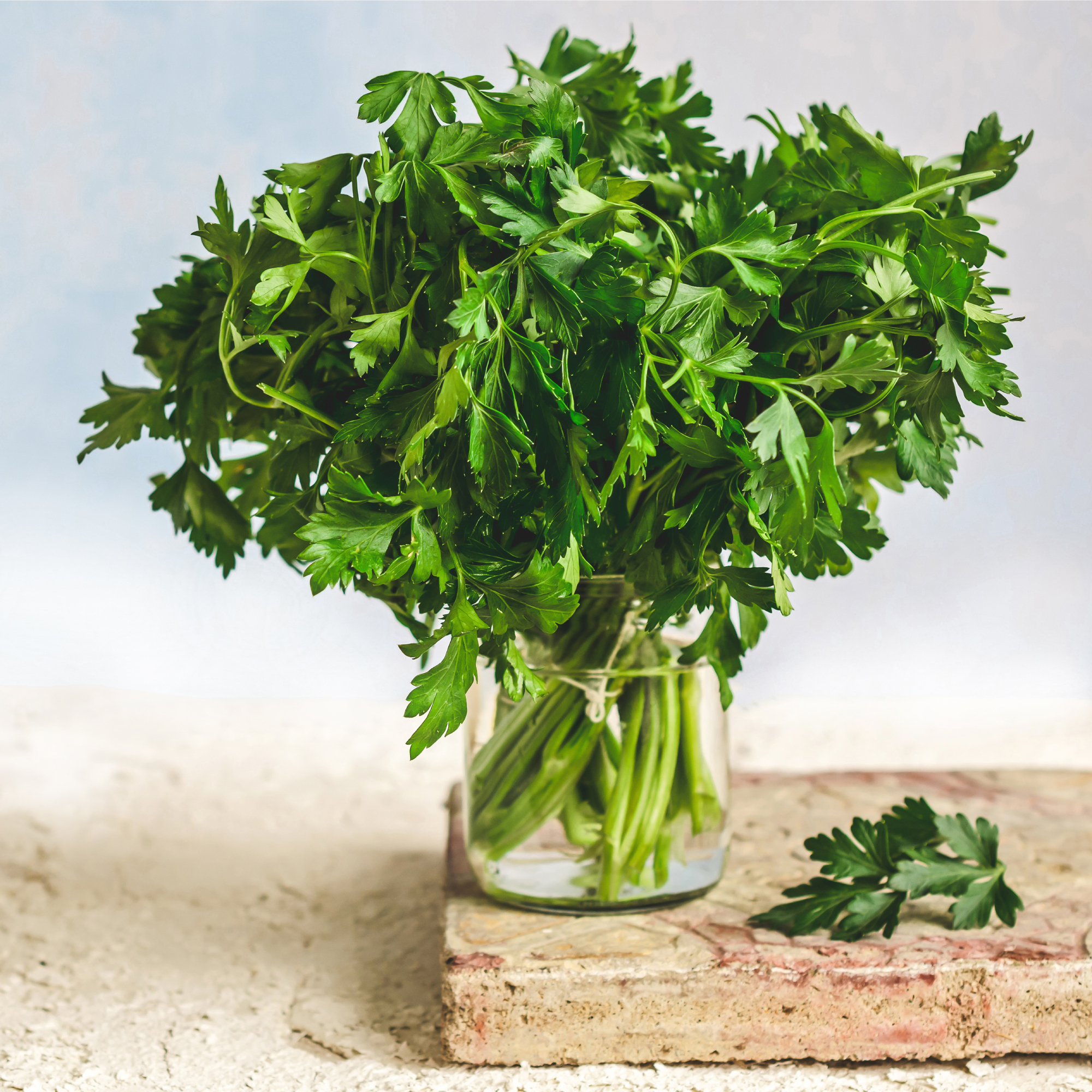 How To Store Fresh Herbs From The Garden: Best Methods To Maximize Shelf Life
How To Store Fresh Herbs From The Garden: Best Methods To Maximize Shelf LifeSo you've grown delicious and fragrant herbs in your garden, now what? Learn the best way to store your fresh herbs so you can enjoy your success longer!
-
 Gladiolus Plants With Scab – Controlling Gladiolus Scab On Corms
Gladiolus Plants With Scab – Controlling Gladiolus Scab On CormsIf you are growing gladioli, you’ll want to know about gladiolus scab. For more information and tips on prevention and control, click here.
-
Gladioli Mosaic Virus – Managing Symptoms Of Gladiolus Mosaic
Gladiolus blooms are featured in many cutting gardens for mid-summer bouquets. When issues like mosaic occur, this can naturally be alarming. Good cultural control can help prevent mosaic virus in gladiolus. Learn more in this article.
-
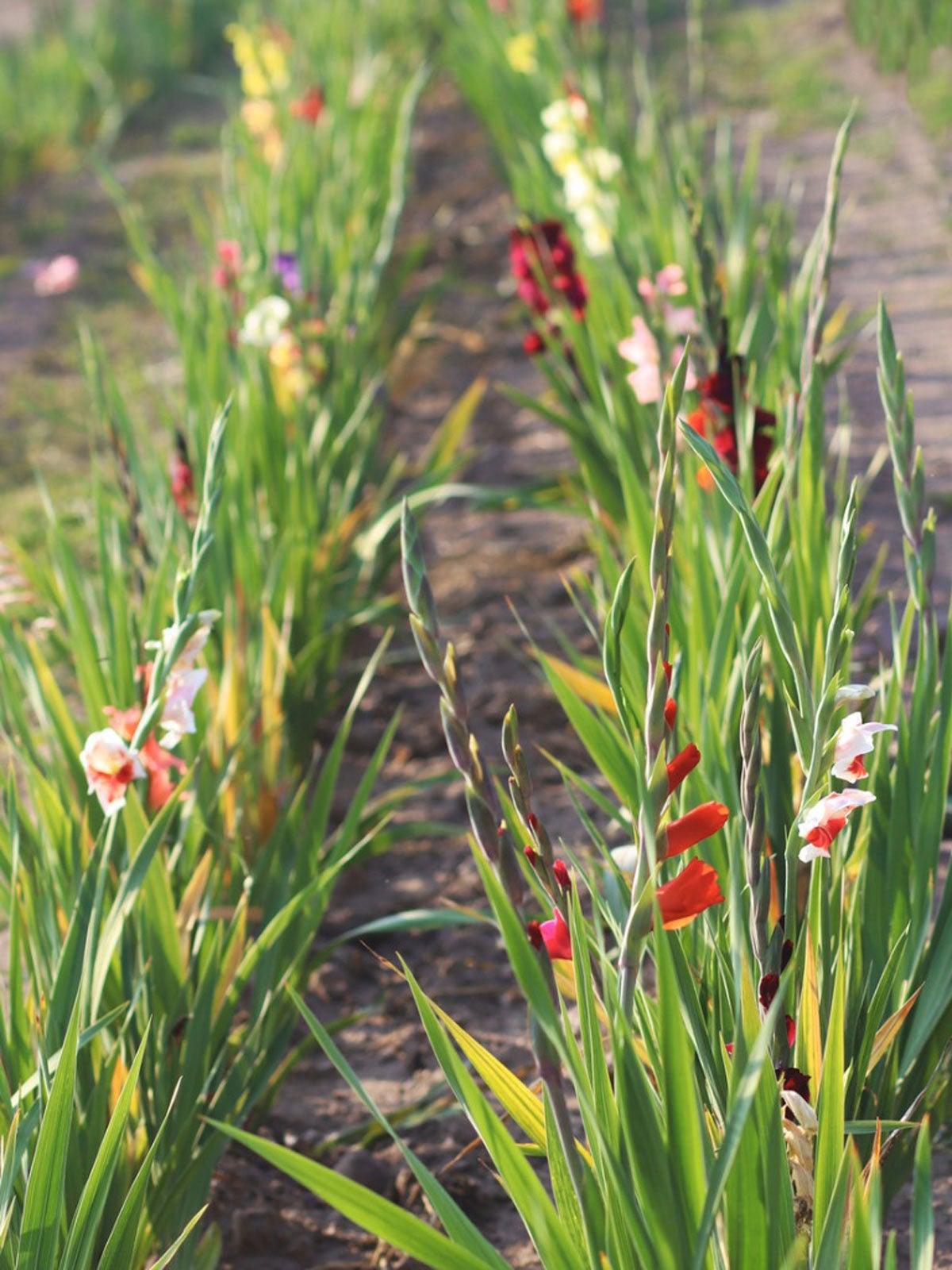 Botrytis On Gladiolus Plants: How To Control Gladiolus Botrytis Blight
Botrytis On Gladiolus Plants: How To Control Gladiolus Botrytis BlightGladiolus botrytis diseases are not uncommon, so knowing the signs and how to manage them is important. Learn about gladiolus blight here.
-
Treating Glads With Fusarium: How To Control Gladiolus Fusarium Rot
If the corms of your unplanted glads appear discolored and unhealthy, they may be infected with gladiolus fusarium rot. Learn more about fusarium wilt and rot on gladiolus plants in this article to see if your corms can be saved.
-
Gladiolus Leaf Diseases: What Causes Leaf Spots On Gladiolus Plants
When kept healthy and disease free, gladiolus plants will return year after year. Issues like gladiolus leaf spot, however, may cause decline of your plants. Becoming familiar with the signs of gladiolus leaf diseases is important in preventing spread. Learn more here.
-
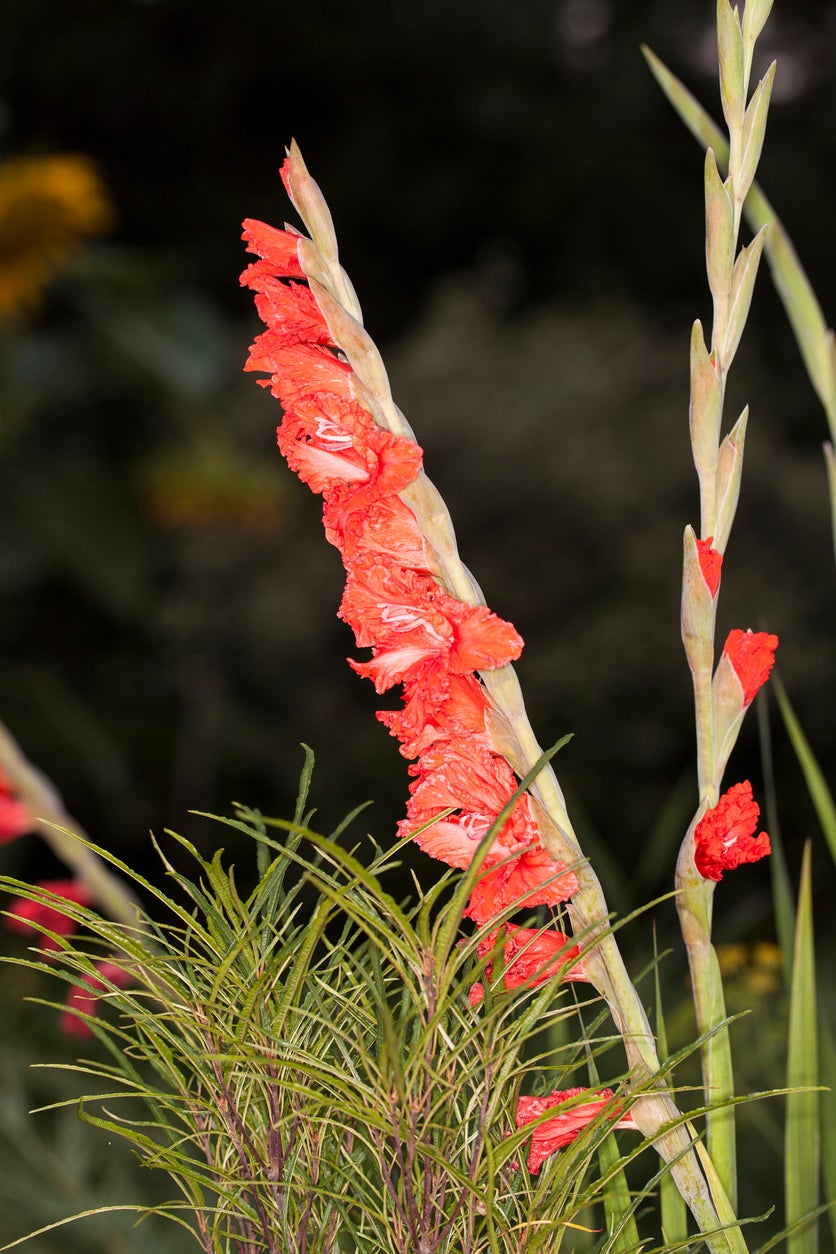 Is Your Gladiolus Falling Over – How To Stake Glads In The Garden
Is Your Gladiolus Falling Over – How To Stake Glads In The GardenGrowing glads is so simple, but sometimes the tall gladiolus falling over in the garden can be troublesome, if not unattractive. Luckily, with a little added support, this can be easily remedied. Click this article for additional information.
-
 Gladiolus Are Falling Over – Learn About Staking Gladiolus Plants
Gladiolus Are Falling Over – Learn About Staking Gladiolus PlantsProlific bloomers they are, but gladiolus plants falling over is not uncommon. Staking gladiolus plants will keep their brightly colored heads from dipping or breaking, and there are any number of items that can be used as gladiolus plant stakes. Learn more here.
-
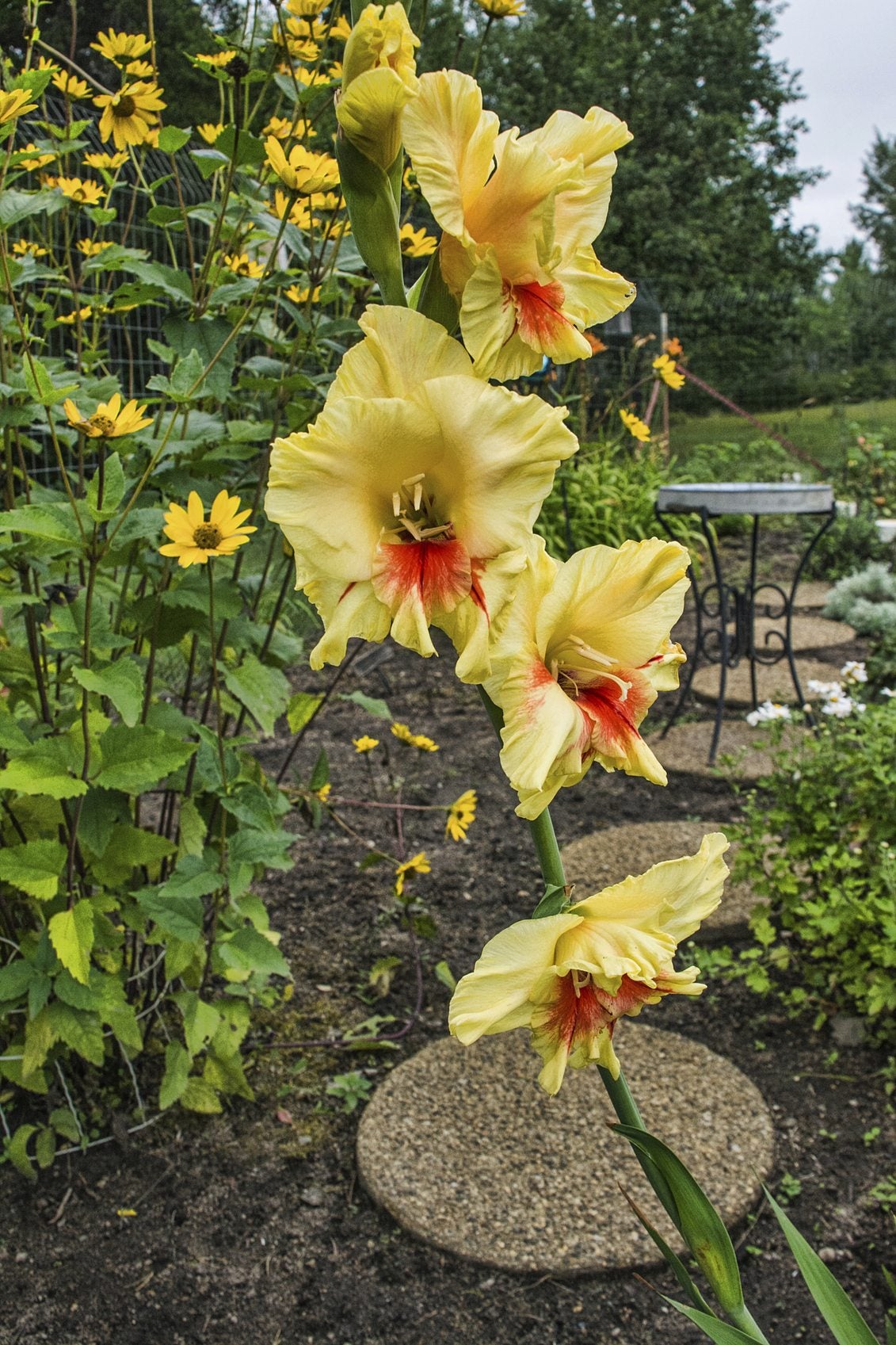 Companion Planting With Gladiolus: Plants That Grow Well With Gladiolus
Companion Planting With Gladiolus: Plants That Grow Well With GladiolusAs well as bouquets, gladiolus looks amazing in flower beds and along garden borders. But what are some good companion plants for gladiolus? Click this article to learn more about plants that grow well with gladiolus.